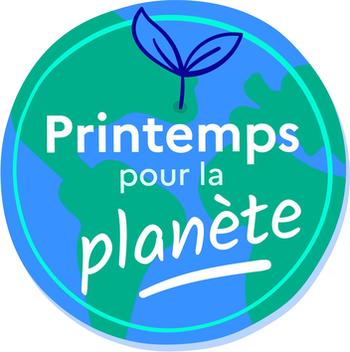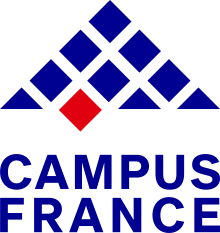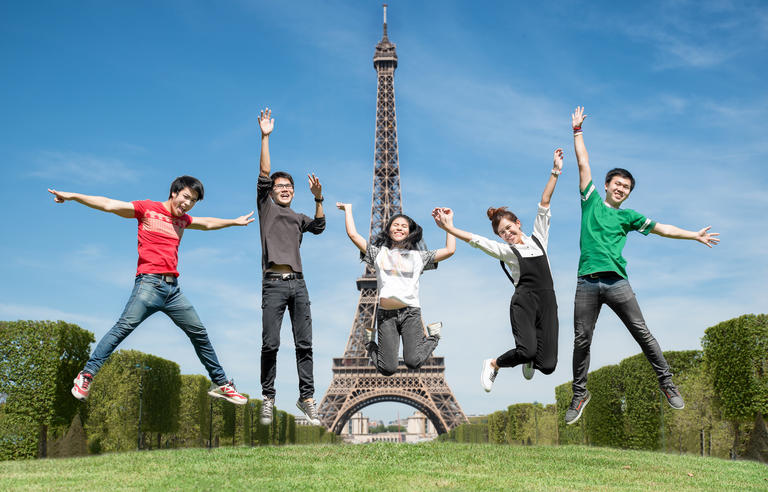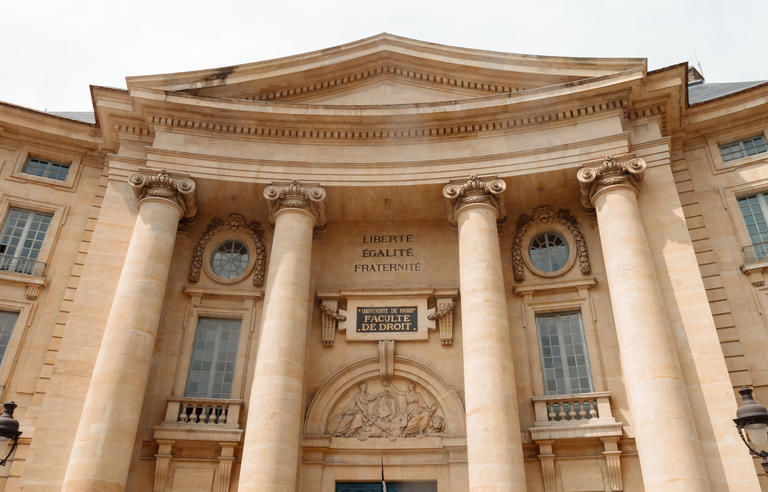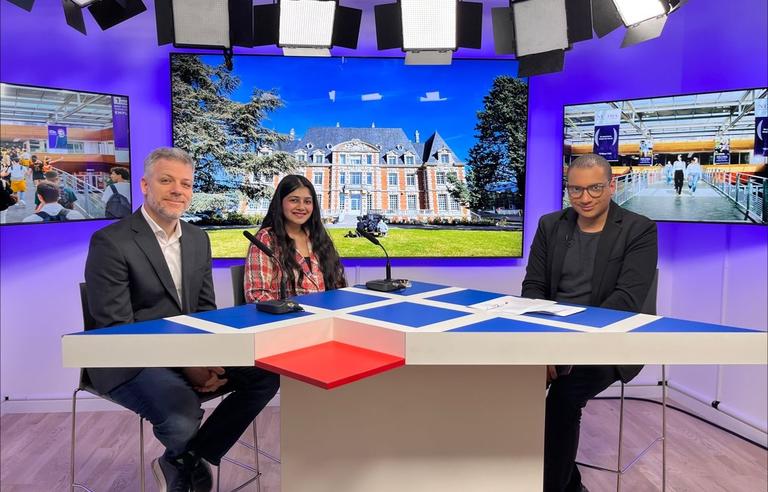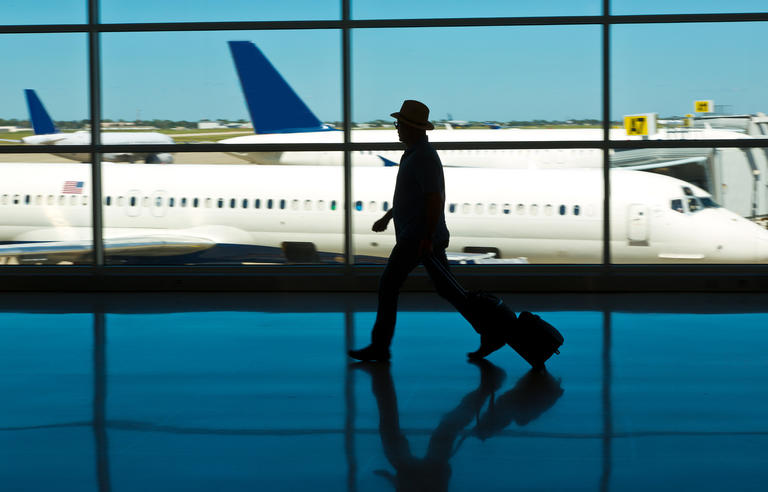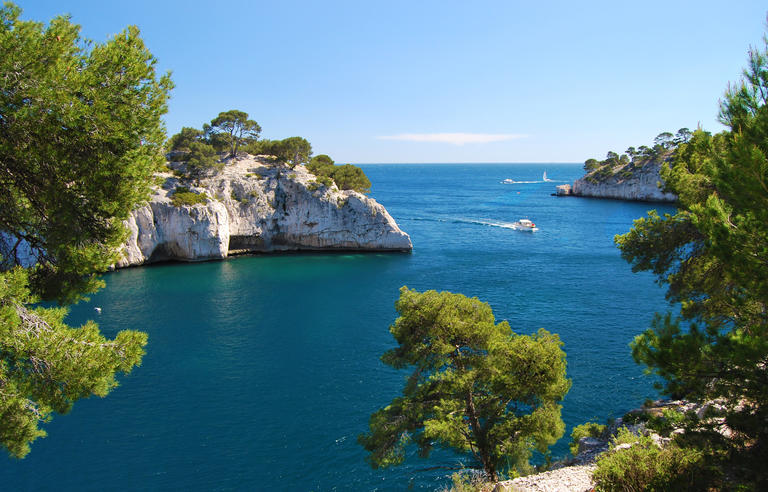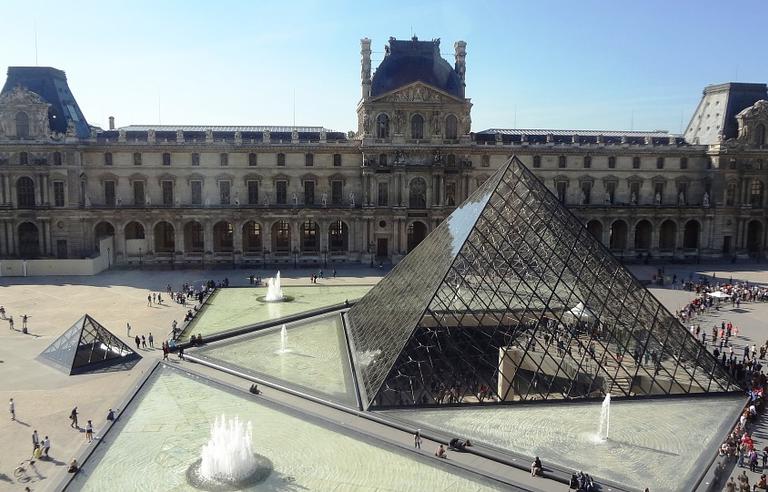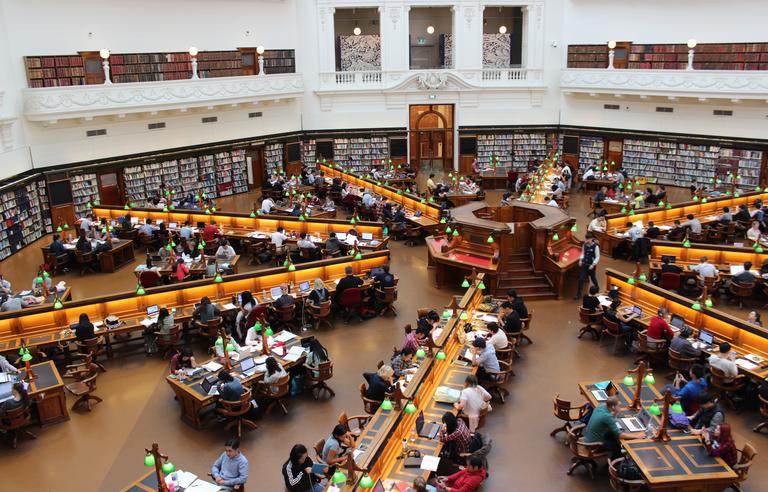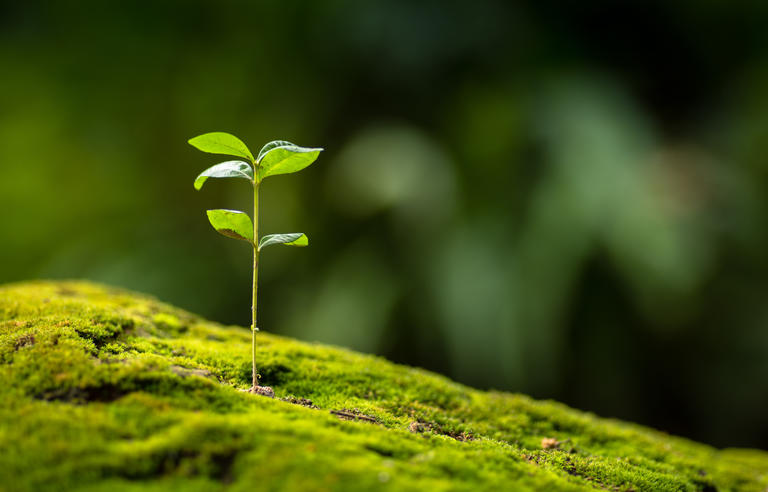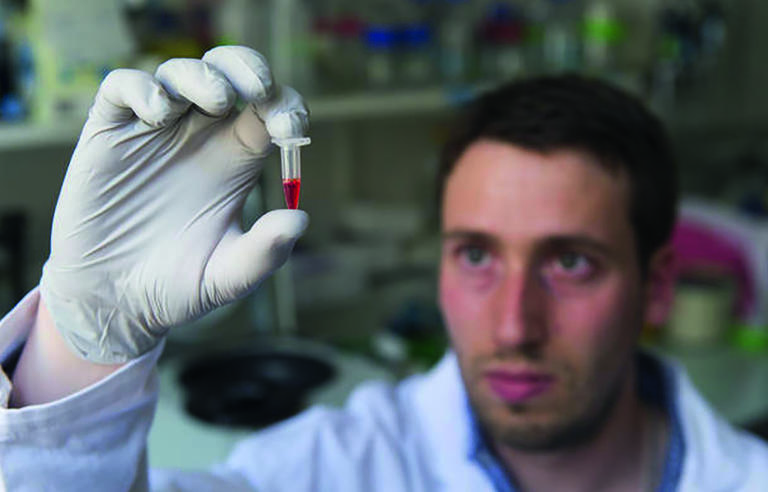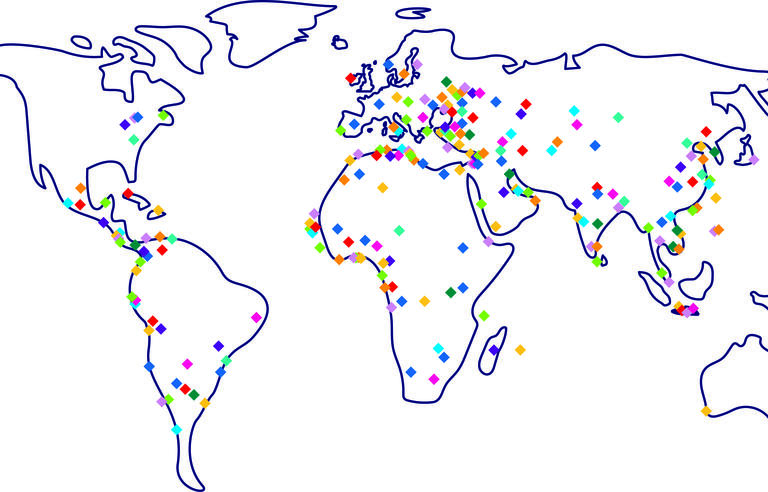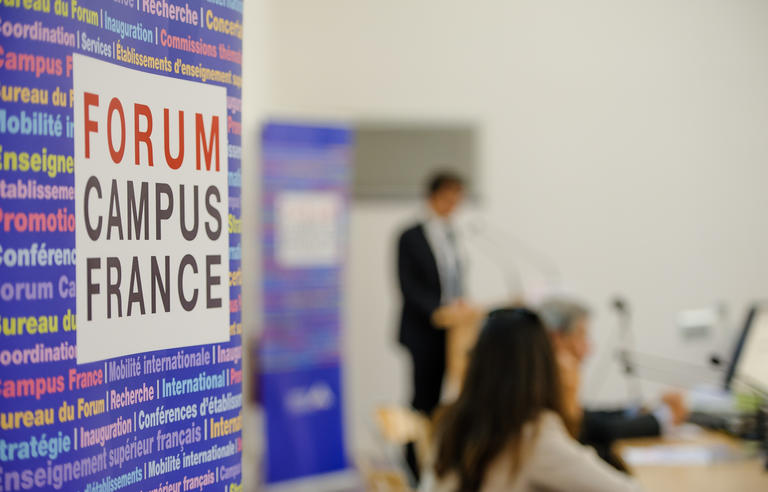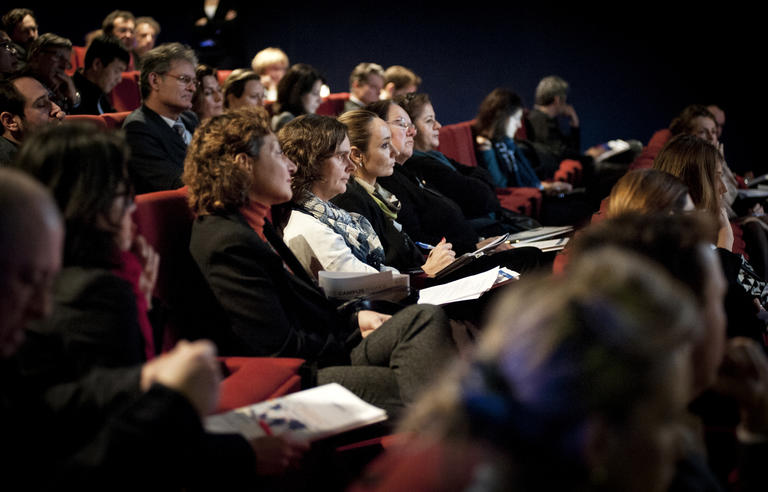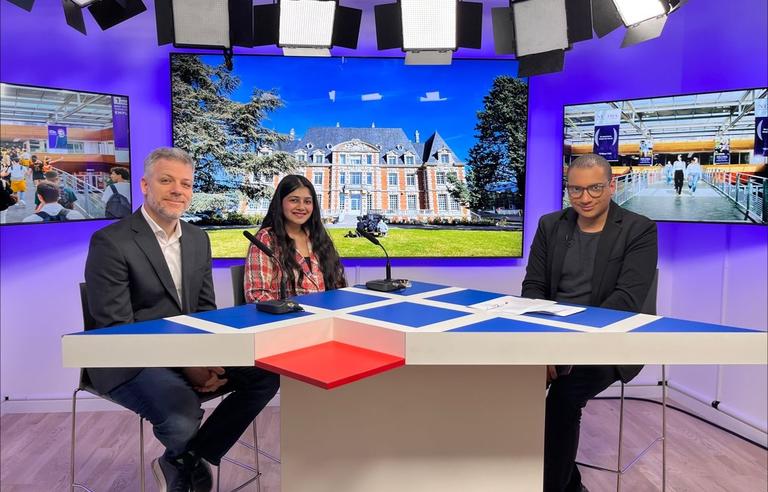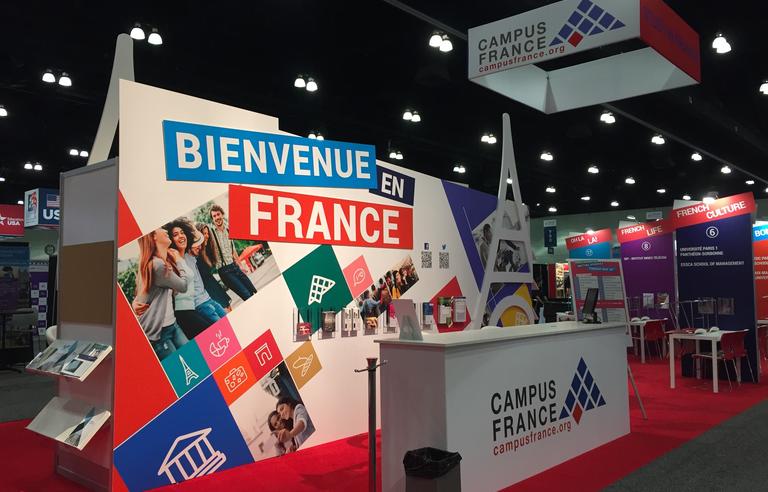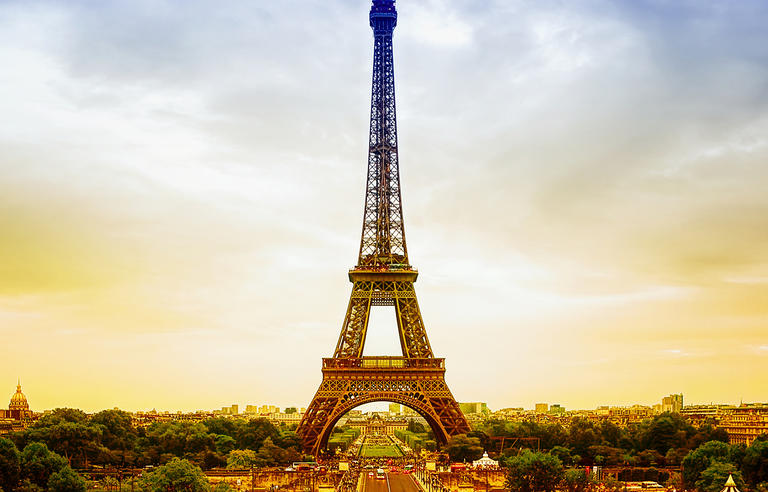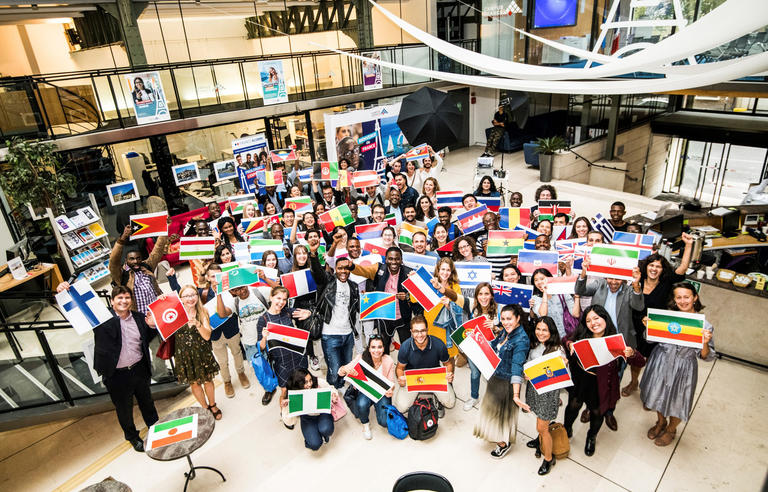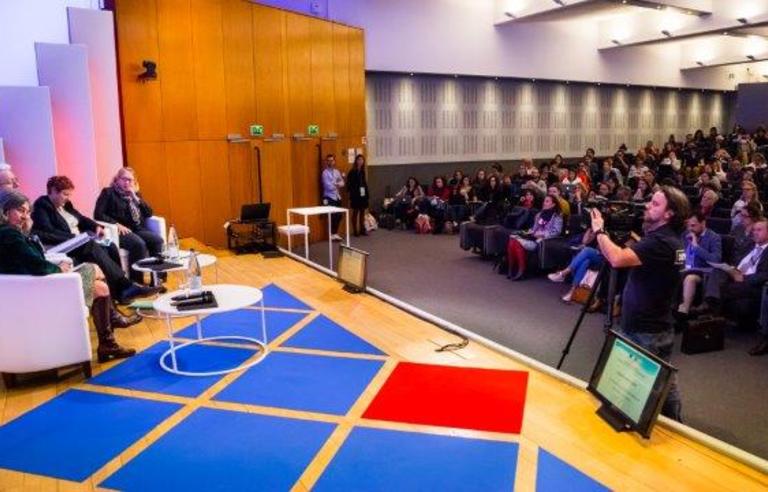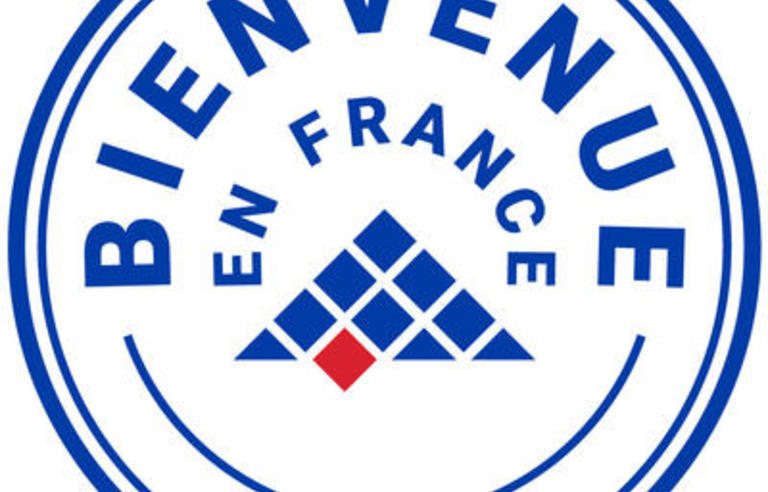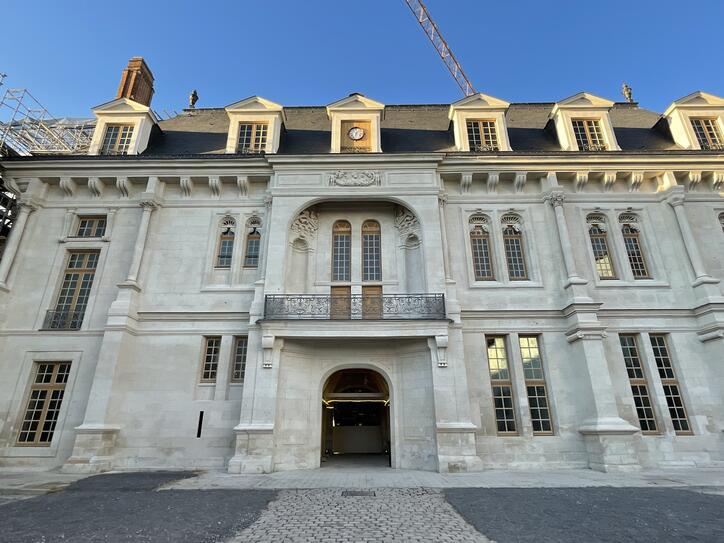
Cité internationale de la langue française: a unique creation worldwide
Before hosting the 1st Summit of the Francophonie, held in France in 2024, the Cité Internationale de la Langue Française will be opened on November 1st by French president Macron at the Villers-Cotterêts castle. This new grand cultural project is unique in the world and will be dedicated to the French language and French-speaking cultures, their history and their future.
Comme le soulignait Catherine Colonna, ministre de l’Europe et des Affaires étrangères dès le mois d’août lors de son discours à la Conférence des ambassadeurs, cette création, qui répond aux « ambitions fixés par le Chef de l’Etat », constitue « une occasion unique d’assumer un message fort sur la langue française et sa pratique, vecteurs d’employabilité pour la jeunesse, mais aussi de création et de débats intellectuels à l’échelle internationale ».
Culture, éducation, recherche, les trois piliers de la Cité
La Cité internationale de la langue française, dont le parcours de visite sera ouvert à « tous les publics » dès le 1er novembre, se présente ainsi comme « un lieu culturel et de vie entièrement dédié à la langue française » qui a pour objectif de relier « le passé, le présent et le futur de la langue française et de la francophonie, autour de trois piliers : culture & création, éducation & formation, recherche & innovation ».
Selon le site internet dédié, la Cité a l’ambition « de révéler la langue française comme source de créativité et d'échanges, d’épanouissement intellectuel et esthétique, de plaisir et comme un levier d’insertion sociale, économique et citoyenne ». Pour y parvenir, de nombreux moyens sont mis en œuvre, tels qu’une programmation variée de spectacles, événements, conférences et expositions, des activités pédagogiques, de formation et d’apprentissage de la langue française, mais aussi un laboratoire de recherche et d’innovation sur les enjeux linguistiques. Autant d’activités qui se déploient autour d’un parcours muséal permanent de plus de 1000 m2.
Les raisons d’un choix
Haut lieu historique, le château royal de Villers-Cotterêts, l’un des grands châteaux de la Renaissance, un peu oublié du public, a connu une « histoire tumultueuse » que retrace date par date le site de la Cité internationale. Ce qui dicte d’ailleurs le choix du château de Villers-Cotterêts pour y créer un lieu dévolu à la langue française, c’est que c'est bien dans ce château du département de l'Aisne que le roi François Ier a signé un document en 1539, la fameuse « ordonnance »[1], qui a fait du français la langue officielle du pays pour tous les actes administratifs du royaume, à la place du latin.
Comme le déclarait en effet le Président Macron en 2017, il s’agit de « redonner à ce château ce que son histoire porte en elle. De le rouvrir, mais de le rouvrir en lui faisant aussi porter ce qui est sa vocation : la langue française dans tout ce qu’elle emporte ». En 2017, le château royal situé à 75km de Paris est pourtant dans un « état de délabrement avancé », fermé au public depuis huit ans. Sa restauration a nécessité pas moins de cinq ans de « travail collectif » pour lui redonner à nouveau sa splendeur originelle. Le chantier de la rénovation du château a ainsi été le plus important de France, après celui de la cathédrale Notre-Dame de Paris.
Une adresse originale et des émules
Selon la belle expression du conservateur du musée, rapportée par la radio France Culture, « la langue française a désormais une adresse, elle est à Villers-Cotterêts ». Aujourd’hui, la Cité est ainsi fin prête pour accueillir en France en 2024, ce qui va constituer une première depuis 30 ans, le traditionnel sommet de la Francophonie qui réunit chaque année les dirigeants de nombreux pays du monde « ayant le français en partage ».
La restauration du château de Villers-Cotterêts et sa transformation en « musée vivant » de la langue française, une première mondiale, semble être à ce point une réussite que le concept d’une cité internationale d’une langue ferait déjà des « émules ». Selon le conservateur, nombreux seraient les pays du monde qui s’intéresseraient à cette création pour la reproduire ailleurs !
La nouvelle Cité internationale de la langue française en chiffres
Le ministre de la culture, qui a porté la création de la Cité internationale, donne quelques chiffres qui soulignent l’importance du projet :
- 23 000 m2 pour l’ensemble du domaine de Villers-Cotterêts ;
- 1600 m2 d’expositions permanentes et temporaires ;
- 1200 m2 de parcours permanent de visite ;
- 250 places dans l’auditorium ;
- 12 ateliers de résidences pour des artistes, chercheurs et entrepreneurs ;
- 80 partenaires, publics et privés, « allant du local à l’international, des champs culturels, artistiques, pédagogiques et de formation, sociaux et associatifs » ;
- 600 compagnons de 220 entreprises pour 65 corps de métiers dans la restauration du château ;
- un triple financement de l’Etat d’un montant total de 185 millions d’euros : 55M€ du ministère de la culture, 30M€ du programme investissements d’avenir, 100M€ dans le cadre du plan de relance 2021-2022.
[1] L’ordonnance de 1539, signée par François Ier, sera exposée au public dans la nouvelle Cité internationale de la langue française pendant quelques mois, avant de regagner la Archives nationales de France.
Related contents
- Cité internationale websitehttps://www.cite-langue-francaise.fr/
- Ministry of Culture websitehttps://www.culture.gouv.fr/Presse/Communiques-de-presse/Nomination-de-Paul-Rondin-a-la-direction-de-la-Cite-internationale-de-la-langue-francaise-Chateau-de-Villers-Cotterets
- France Culture websitehttps://www.francetvinfo.fr/culture/patrimoine/le-francais-langue-monde-se-laisse-parcourir-au-chateau-de-villers-cotterets-sa-cite-ouverte-a-tous-les-publics_6113571.html
Recommended News

